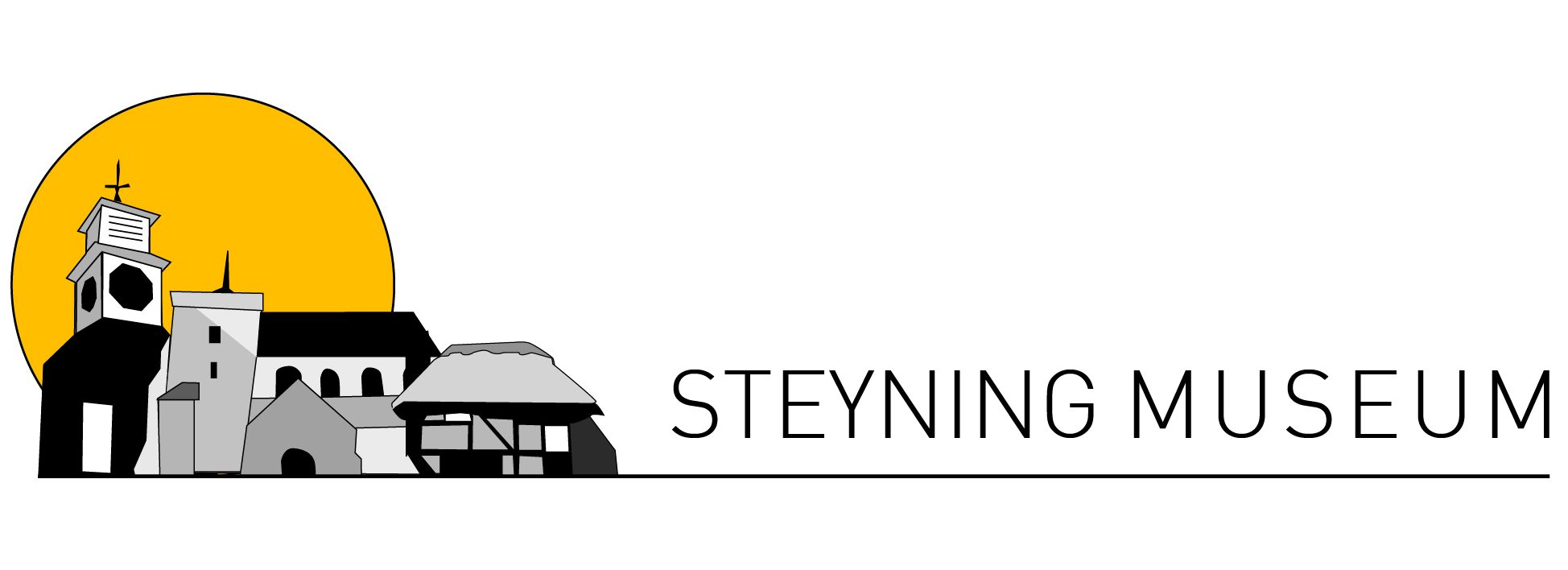The Bronze Age village at Park Brow came to a violent end in about 600 BC. At that point the first Celtic people arrived from the Continent, bringing with them the knowledge of how to make iron. They burned the Park Brow houses and replaced them with their own further up the slope.
These new dwellings were of an entirely different type. The new settlers built large long-houses, though still with wattle and daub walls. The whole settlement was surrounded by a strong pallisade of timber balks set in a trench. One house was completely excavated and found to be 15 meters (50 feet) long by 60 meters (20 feet) wide. The roof rested on ten pairs of posts set into the chalk in two lines about 2.4 meters (8 feet) apart. Around the edges of the house were smoothed-out hollows, thought to be sleeping places. The house could have comfortably held about fifty people, suggesting a communal life-style.
The pottery found on the Iron Age site was of a higher quality and design. Otherwise, corn grinding, weaving and the use of storage pits was much the same as the Bronze Age community. The upper and lower edges of the Iron Age fields were traced by archaeologists in the surviving lynchets. These were formed over time when the slope was ploughed and the lose soil slowly moved down the hill. Banks of soil developed at the top and bottom field boundaries. Such banks were common on the Downs before modern ploughing, and they are often marked on maps as “Celtic fields”. Iron Age ploughs could cut only a shallow groove, rather than completely turn the soil. It may have been necessary to plough a field crossways as well as up and down to be effective. Some archaeologists believe that this encouraged the development of rectangular fields.

An ancient trackway has survived modern farming and still runs down the ridge at Park Brow. This is on private land and so is not accessible to the public. The fenced enclosure around the houses formed part of the edge of the track and therefore it is at least as old, if not older, than the Iron Age settlement. Further up the track from the village, a large pit is also visible. It is surrounded by an embankment. This is a puzzle to archaeologists. In the 1920s they favoured the idea that it was a meeting place but a later theory is that it was a pond designed to catch rain water flowing down the track.
In about 300 BC, the village was abandoned for a new site lower down at the southern edge of the ridge where life continued in much the same way as before, until the Romans arrived. The Celts were defeated in the first century AD but for many the Roman occupation brought a peaceful process of cultural change. By the second century, the people of Park Brow were living in more luxurious houses measuring about 7.5 by 8 meters (25 by 30 feet). They were roofed with red tiles fastened with iron nails. The walls were still of wattle and daub construction but inside they were plastered and painted red, cream and grey. Glass from the windows and a door key were found and it is possible that the house had a plank floor. The sites of five similar houses have been located. Judging by the contents of their rubbish pits, the villagers were living a comfortable existence under Roman rule. They had fine decorated pottery, both imported and local, together with delicate brooches, bracelets and rings.
These signs of prosperity indicate how much the Romans valued the Downs for their grain production. When the Roman legions left in the fifth century, the village was abandoned. The Saxon invaders who occupied the country as the Romans left, preferred to settle away from the high downland and would have had no use for Park Brow. It was Steyning, at the foot of the Downs, which was to become the important local Saxon settlement. Even so, the comforts of Saxon houses never matched those found at the Park Brow village in its last days under Roman rule.

